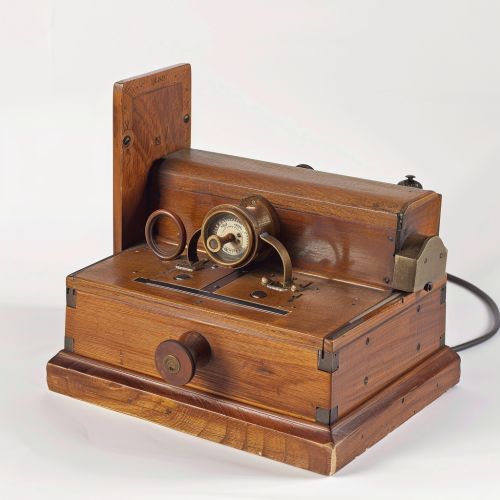Samuel Morse
Early Life
Samuel Finley Breese Morse was born on April 27, 1791, in Charlestown, Massachusetts. He was the first son of Jedidiah Morse, a Calvinist preacher, and Elizabeth Ann Finley Breese. Morse attended the Phillips Academy in Andover, Massachusetts, before enrolling at Yale University.
At Yale, Morse was exposed to the study of electricity and focused on religious philosophy, mathematics, and the science of horses. He also expressed interest in art and painted a portrait of his father, which was well received and encouraged him to pursue a career in art.


Career as a Painter
After graduating from Yale, Morse embarked on a career as a painter. He went to England to study at the Royal Academy of Arts. His painting of the Dying Hercules won a gold medal at the 1813 Adelphi Society of Arts exhibition in London.
Morse returned to America in 1815 and established himself as a respected portrait painter. He painted portraits of prominent figures such as former U.S. President John Adams and French General Marquis de Lafayette.
Invention of the Telegraph
While Morse was successful as a painter, he also had a keen interest in science and technology. This interest led him to invent the telegraph.
In 1832, during a sea voyage from Europe to America, Morse heard about the newly discovered electromagnet and came up with the idea of an electric telegraph. He spent the next several years developing a prototype and a system of dots and dashes, which later became known as Morse code.


Morse Code
Morse code is a method used in telecommunication to encode text characters as sequences of two different signal durations, called dots and dashes. It was widely used for telegraphy and is still used for certain types of radio communication.
The code consists of letters, numerals, punctuation marks, and signals. Each is represented by a unique sequence of dots and dashes. For example, the letter 'A' is represented by '.-', and the number '1' is represented by '.----'.
Later Life and Death
In his later years, Morse became a philanthropist. He donated a portion of his wealth to charitable causes, including education and the arts.
Morse died on April 2, 1872, in New York City. His contributions to communication technology have had a profound impact on society, and his invention of the telegraph and Morse code are still recognized today.
Legacy
Morse's invention of the telegraph revolutionized long-distance communication. It was the main form of communication until it was replaced by the telephone in the late 19th century.
Morse code is still used today in certain areas of radio communication. It is also used by amateur radio operators and is included in the International Radiotelegraphy alphabet.
Morse's contributions to the field of communication have been recognized with numerous awards and honors. He was inducted into the National Inventors Hall of Fame in 1975.
